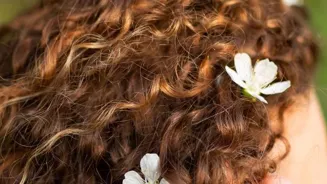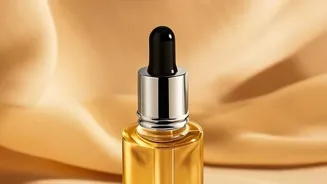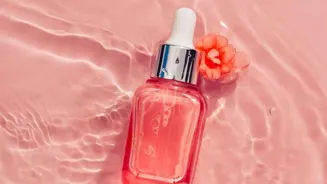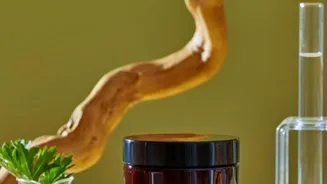Unlock Your Natural Hair's Beauty: A Guide to Embracing Your True Texture! Dive into the world of self-love and acceptance
For generations, many of us have been told that straight hair is the ideal. Countless
rupees and hours have been spent trying to tame our natural curls, waves, and kinks into submission. But times are changing, and more and more Indians are embracing their God-given texture.
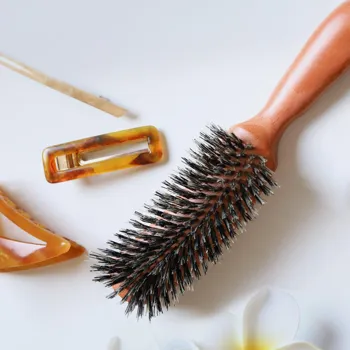
This isn't just about beauty; it's about self-acceptance and celebrating our unique identities. It is about finding the right hair care methods. The beauty industry has also recognized this shift with more and more products tailored towards textured hair.
Understanding Indian hair types for proper care
Understanding your hair type is the first step in this journey. Indian hair boasts a beautiful range of textures, from the sleekest straight strands to the tightest coils.
Identifying where your hair falls on the curl pattern spectrum (typically categorized as Type 1 for straight, Type 2 for wavy, Type 3 for curly, and Type 4 for coily) is essential for selecting the right products and styling techniques. But don't get too hung up on the labels!
Hair is complex and can often be a mix of types. Pay attention to how your hair behaves and what its needs are. Is it dry, oily, prone to breakage?
Build a simple hair care routine based on your hair type
Once you know your hair type, it's time to build a simple but effective hair care routine. A gentle, sulfate-free cleanser is a great starting point. Sulfates can strip your hair of its natural oils, leaving it dry and frizzy.
Follow up with a moisturizing conditioner, focusing on the ends where hair tends to be driest. Weekly deep conditioning treatments are a must for most Indian hair types, especially those with curls and coils.
Look for ingredients like shea butter, coconut oil, and aloe vera, which are known to hydrate and nourish hair.
Styling textured hair: tips for wavy, curly, and coily hair
Styling textured hair can feel daunting, but with a few key techniques, you can achieve beautiful, defined results. For wavy hair, try scrunching your hair with a curl-enhancing mousse or gel while it's still wet. This will help encourage your natural wave pattern.
Curly hair often benefits from the "LOC" method: Leave-in conditioner, Oil, and Cream. This layering technique locks in moisture and helps define curls. Coily hair thrives on moisture and gentle handling.
Protective styles like braids, twists, and buns can help minimize breakage and promote length retention.
Avoid over washing, excess heat, harsh chemicals for healthy hair
Common mistakes include over washing. It can dry out the scalp and hair and also using too much heat. Excessive use of hair dryers and straighteners can damage the hair shaft, leading to breakage and frizz.
Letting hair air dry whenever possible is ideal, or using a diffuser attachment on your hairdryer for gentle drying. Also avoiding harsh chemicals is suggested. Chemical treatments like relaxers and perms can permanently alter your hair texture, and they can also be damaging.
If you're trying to embrace your natural hair, it's best to avoid these treatments altogether.
Embrace natural hair texture for self-love journey, celebrate uniqueness
Embracing your natural hair texture isn't just about looks; it's about self-love. It's about accepting yourself as you are, curls, kinks, and all. This journey may have its ups and downs.
There will be days when your hair looks perfect, and there will be days when you want to throw it all in a bun and hide it away. But remember, every strand tells a story, and your hair is a reflection of your unique beauty and heritage.
So, celebrate your natural texture, experiment with different styles, and most importantly, enjoy the process! The key is to learn what your hair likes and dislikes.
Understanding diverse Indian hair types for personalized care routines
Indian women have a stunning diversity of hair types, influenced by genetics, climate, and lifestyle. Recognizing your specific hair type is crucial for customizing your hair care routine and unlocking its potential.
This understanding goes beyond surface-level knowledge, delving into the nuances that distinguish each texture. It is really beneficial to discover information that is specific to your individual needs. This will help in making sure that your hair gets the care it needs.
By embracing and caring for your natural texture, you highlight your personality, heritage, and real beauty.
Hair types and care tips for straight hair
Type 1 encompasses straight hair, further subdivided into 1A (fine and thin), 1B (medium-textured), and 1C (thick and coarse). Type 1A is often poker straight and struggles to hold curls, while 1B has slightly more body. Type 1C can have a slight bend or wave.
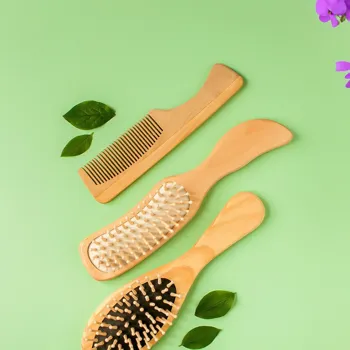
For straight hair, volumizing products and lightweight conditioners are ideal. Overloading with heavy products can make the hair look flat and greasy. Regular trims are important to prevent split ends, as straight hair tends to show damage more easily.
Using a wide-toothed comb can help prevent breakage and maintain its sleekness.
Wavy hair types and care tips for Type 2
Moving onto Type 2, we encounter wavy hair. Type 2A features loose, stretched-out waves, easily straightened. Type 2B has more defined S-shaped waves that start closer to the scalp. Type 2C has more pronounced waves, often with some curls mixed in. Wavy hair needs moisture and definition.
Using curl-enhancing creams and mousses can help enhance the natural wave pattern. "Plopping," a technique where you scrunch wet hair into a microfiber towel, can also boost wave formation. Avoiding heavy oils is usually recommended, as they can weigh down the waves.
Curly hair types and care: moisture, LOC method, diffusing for defined curls
Then there's Type 3, which includes curly hair. Type 3A has large, loose curls. Type 3B has tighter, springier curls. Type 3C has even tighter curls, often resembling corkscrews. Curly hair craves moisture and definition. The LOC (Liquid, Oil, Cream) method is often effective for curly hair.
Using a leave-in conditioner, followed by an oil (like coconut or argan oil), and then a curl-defining cream or gel can help lock in moisture and define curls. Diffusing hair with a hairdryer can help enhance curls and reduce frizz.
Simple hair care routine for healthy, beautiful hair
Creating a hair care routine that caters to your specific hair type doesn't have to be complicated. The key is to start simple, experiment with different products, and pay attention to how your hair responds.
A consistent routine, tailored to your needs, will lead to healthier, more manageable, and beautiful hair. It's like nurturing a plant: providing the right environment allows it to thrive. This starts with gentle cleansers and plenty of moisture.
Cleanse hair 2-3x weekly with sulfate-free shampoo, focusing on scalp for healthy hair
Start with cleansing your hair two to three times a week, or less if your hair is very dry. Opt for sulphate-free shampoos, which are gentler on the hair and scalp. Look for ingredients like aloe vera, glycerine, and panthenol, which help to hydrate and soothe the hair.
When shampooing, focus on cleansing the scalp, as this is where oil and product buildup accumulate. Massage gently with your fingertips to stimulate circulation. Avoid rubbing the hair strands vigorously, as this can cause friction and breakage.
Conditioner application tips for shiny, healthy hair
After shampooing, always follow up with a conditioner. Apply conditioner from the mid-lengths to the ends of your hair, avoiding the scalp. Leave it on for a few minutes to allow it to penetrate the hair shaft. Detangle your hair gently with a wide-toothed comb while the conditioner is still in.
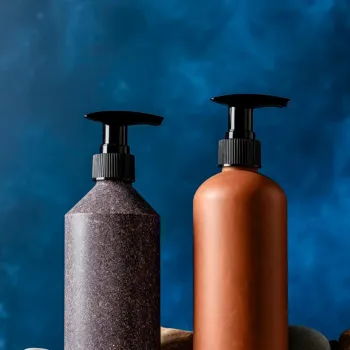
This helps to minimise breakage and knots. Rinse thoroughly with cool water, which helps to seal the hair cuticle and add shine. Look for conditioners that contain nourishing ingredients like shea butter, coconut oil, or avocado oil.
Deep condition weekly for healthy, hydrated hair
Deep conditioning is a crucial step for maintaining healthy, hydrated hair, especially for those with textured or dry hair. Deep condition your hair once a week using a store-bought deep conditioner or a DIY hair mask. Apply the deep conditioner to clean, damp hair.
Cover your hair with a shower cap or warm towel to trap heat, which helps the product penetrate deeper. Leave it on for 20-30 minutes, or as directed on the product label. Rinse thoroughly with cool water and style as usual.
Decoding Styling Techniques for Textured Hair
Tips for Wavy, Curly, and Coily Hair:
Enhance textured hair with proper techniques and products
Styling textured hair can seem like a challenge, but with the right techniques and products, you can enhance your natural pattern and achieve beautiful, defined styles. The key is to work with your hair's natural tendencies, rather than trying to force it into a style it doesn't want to hold.
Embracing your natural movement is a major stride toward the well being of your hair. Textured hair has distinct features that call for knowledge and care so that its natural charm can be highlighted.
Define waves with mousse, scrunch, and diffuser for wavy hair
For wavy hair, defining your waves is the aim of the game. Apply a curl-enhancing mousse or gel to damp hair, from roots to ends. Scrunch your hair upwards with your hands to encourage wave formation.
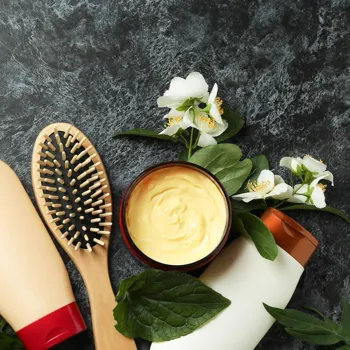
You can also use a diffuser attachment on your hairdryer to dry your hair gently and enhance the waves. Avoid over-styling, as this can weigh down the hair and make it look flat. Using a lightweight hairspray can help hold the waves in place without stiffness.
Experimenting with different products is a great way of identifying needs.
Define and moisturize curly hair using the LOC method for optimal results
Curly hair needs definition and moisture. Use the LOC method by first applying a leave-in conditioner to damp hair. Then apply an oil, like coconut or argan oil, to seal in the moisture. Finally, apply a curl-defining cream or gel to define your curls.
Finger-coil individual curls to enhance their shape. Allow your hair to air dry or diffuse with a hairdryer on a low heat setting. Avoid touching your hair too much while it's drying, as this can cause frizz.
Experimenting with various methods is an excellent approach to discover what works best for the specific requirements of your hair.
Care for coily hair: detangle gently, use protective styles, moisturize regularly
Coily hair is often quite fragile and delicate, so it requires a gentle touch. Always detangle your hair when it's wet and conditioned. Use a wide-toothed comb or your fingers to gently remove any knots or tangles, working from the ends up to the roots.
Protective styles, such as braids, twists, and buns, are a great way to protect your hair from damage and promote length retention. Moisturise your hair regularly with a leave-in conditioner and seal with an oil to keep it hydrated.
Learning to love natural hair: embrace mistakes, avoid damage, be patient, experiment, and grow
The journey to loving your natural hair is a learning process, and everyone makes mistakes along the way. Acknowledging some common pitfalls can help you avoid unnecessary damage and frustration, paving the way for healthier and more beautiful hair.
The key is to be patient with yourself, experiment, and learn from your experiences. It is beneficial to keep trying out different styles and techniques. Be patient and kind to yourself in the initial stages.
Limit hair washing, avoid excess heat & chemicals, use organic products
Avoid over-washing your hair, which can strip it of its natural oils and leave it dry and brittle. Washing your hair two to three times a week, or less if it's very dry, is usually sufficient. Using too much heat on your hair can cause significant damage, leading to breakage, frizz, and dryness.
Also ensure that your hair is strong before you start hair styling techniques. The use of excessive chemicals is also another mistake that people can make. Try to use organic and natural products made for hair that suits your style.
Choose right hair products to avoid damage and scalp issues
Choosing the wrong products can also contribute to hair problems. Products that are too heavy can weigh down your hair, making it look flat and greasy. Products that contain harsh chemicals can damage your hair, leading to dryness, breakage, and scalp irritation.
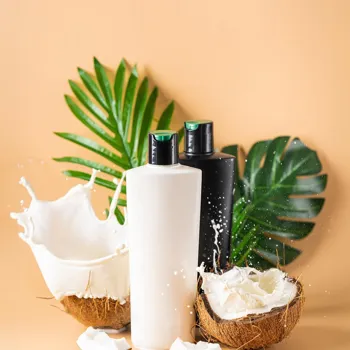
Reading product labels carefully and choosing products that are specifically designed for your hair type and concerns is helpful. Also make sure any products you use are thoroughly rinsed out after you have applied them.
Embracing natural hair for self-love and confidence
Embracing your natural hair texture is more than just a hair care trend; it's an act of self-love and acceptance. It's about celebrating your unique beauty and recognizing that your hair is an integral part of who you are.
It's about rejecting societal pressures to conform to a certain ideal and choosing to embrace your natural state. This can be transformative, leading to increased confidence and self-esteem.
Embrace your natural hair to embrace your heritage
Remember that your hair is a reflection of your heritage and identity. In the beauty of the nation, everyone has their unique look. Each coil, wave, and strand tells a story. Embracing it, learning it takes time.
Take pictures of your progress and compare your journey to find how your routine is coming along. Embracing your natural hair is also promoting yourself to accept who you are.
Embrace the hair journey with positivity and self-love
Finally, embrace the journey with an open mind and a positive attitude. There will be good hair days and bad hair days, but that's perfectly normal. The important thing is to keep learning, experimenting, and loving your hair along the way.
Your hair is a reflection of your inner beauty, so embrace it and let it shine!
AI Generated Content. Glance/InMobi shall have no liability for the content